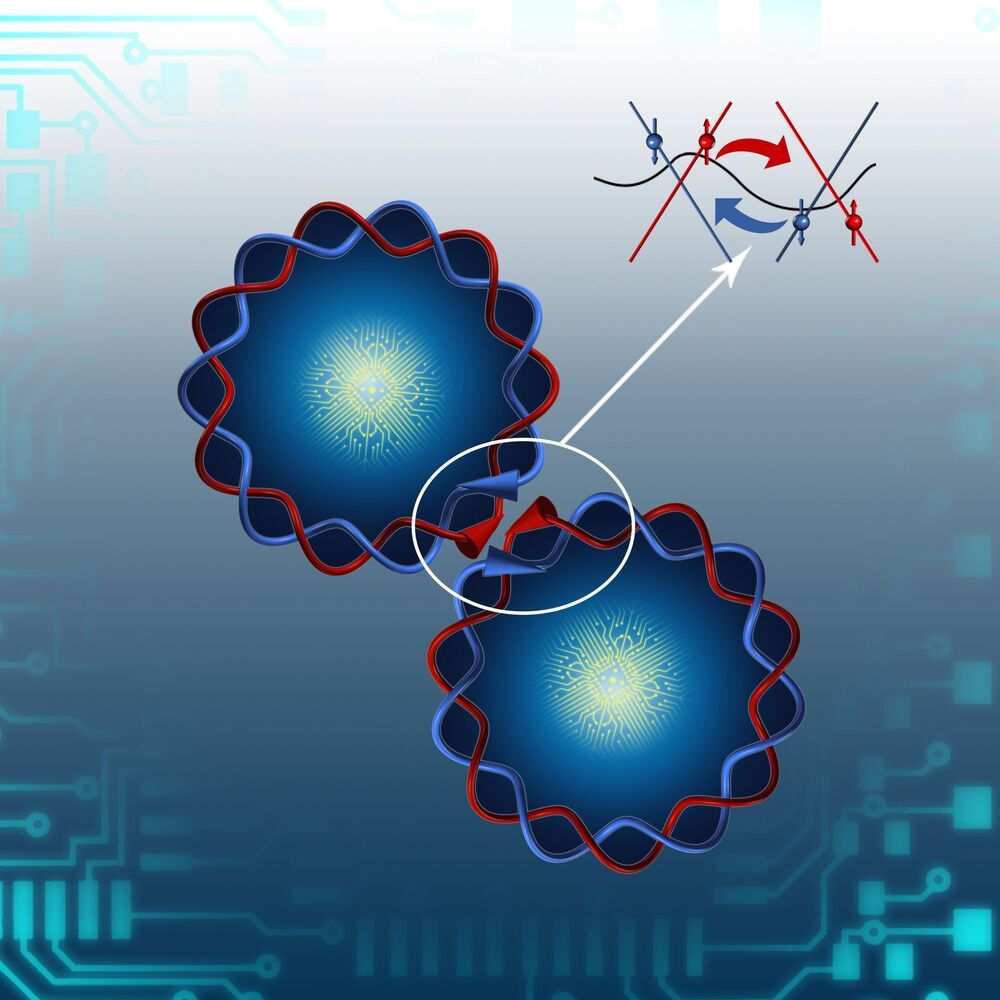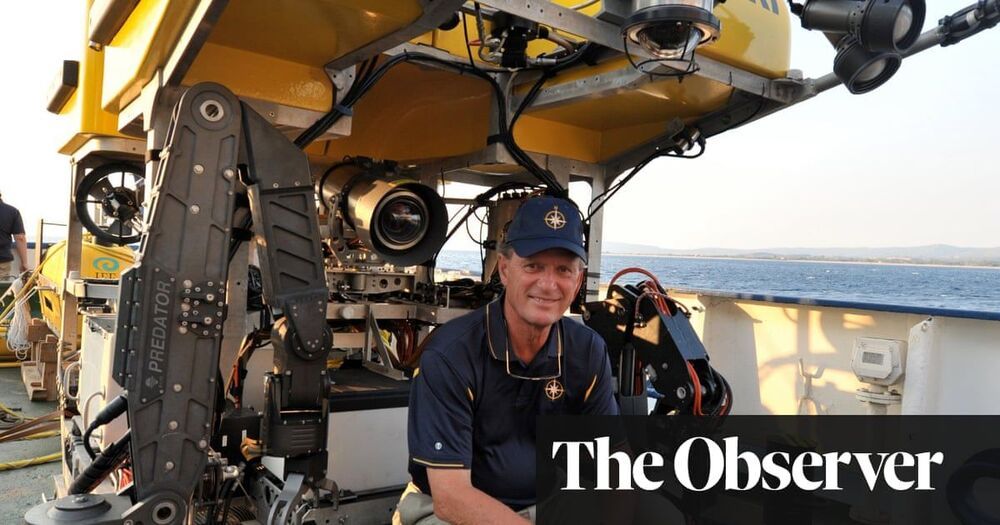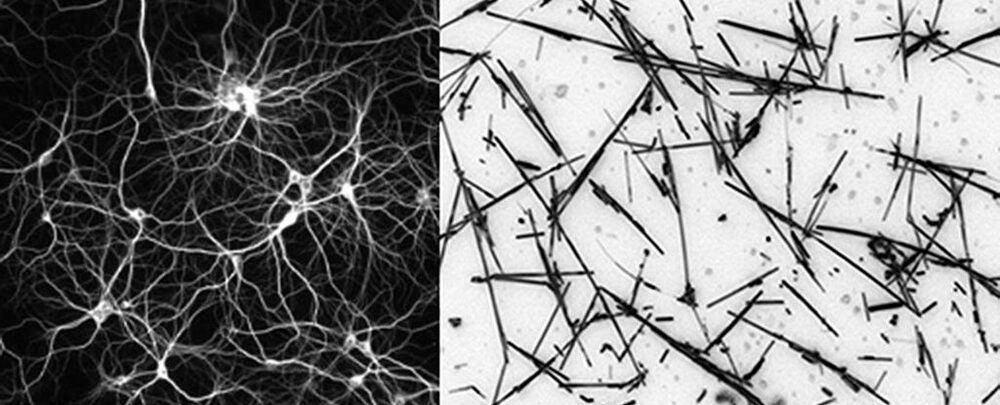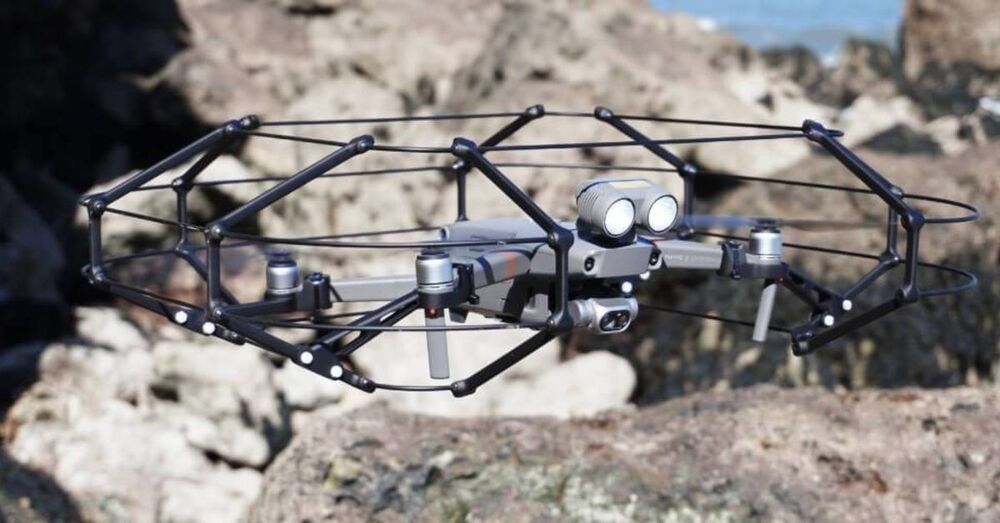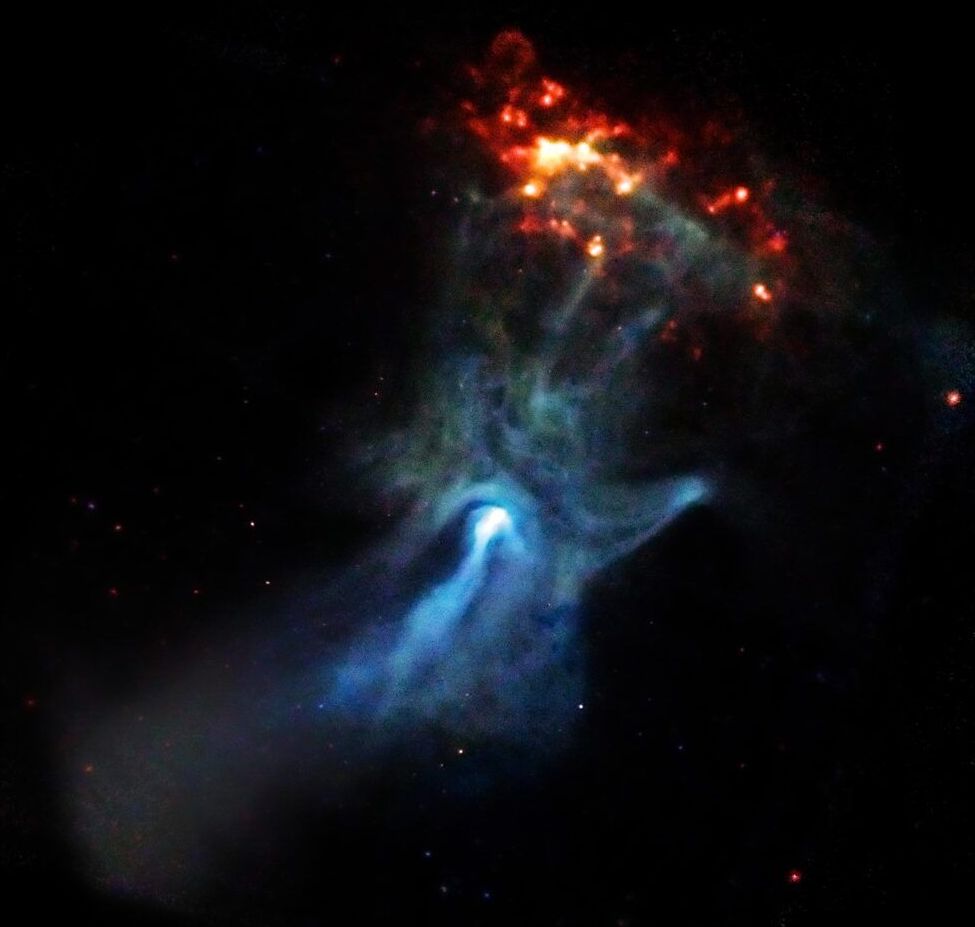A new class of drugs prevents the repair of damaged DNA. In recent animal studies, scientists found that it killed cancer cells with BRCA mutations.
Imagine you sit down and pick up your favorite book. You look at the image on the front cover, run your fingers across the smooth book sleeve, and smell that familiar book smell as you flick through the pages. To you, the book is made up of a range of sensory appearances.
But you also expect the book has its own independent existence behind those appearances. So when you put the book down on the coffee table and walk into the kitchen, or leave your house to go to work, you expect the book still looks, feels, and smells just as it did when you were holding it.
Two important factors limiting Moore’s Law are power consumption and Coulomb interactions are interactions between electric charges that follow Coloumb’s law, an electrodynamics theory.
These interactions can be a major challenge for the development of nanoelectronic circuits. Quantum spin Hall (QSH) insulators are particularly promising materials for the development of low-power electronics, yet so far the impact of Coulomb interactions on nanocircuits made by these materials have only been examined theoretically, rather than experimentally.
Researchers at Nanjing University and Peking University have recently observed one-dimensional (1D) Coulomb drag between adjacent QSH edges separated by an air gap. Their paper, published in Nature Electronics, highlights the potential of QSH effects for suppressing the adverse effects of Coulomb interactions on the performance of nanocircuits.
A revolutionary new class of amphibious vehicle will transform the search for lost vessels on the ocean floor, says marine archaeologist Dr Robert Ballard.
“Because nothing can protect hardware, software, applications or data from a quantum-enabled adversary, encryption keys and data will require re-encrypting with a quantum-resistant algorithm and deleting or physically securing copies and backups.” v/@preskil… See More.
To ease the disruption caused by moving away from quantum-vulnerable cryptographic code, NIST has released a draft document describing the first steps of that journey.
Can we end world hunger by 2030? Thanks to a new program, the data for it is all there.
Researchers have demonstrated how to keep a network of nanowires in a state that’s right on what’s known as the edge of chaos – an achievement that could be used to produce artificial intelligence (AI) that acts much like the human brain does.
The team used varying levels of electricity on a nanowire simulation, finding a balance when the electric signal was too low when the signal was too high. If the signal was too low, the network’s outputs weren’t complex enough to be useful; if the signal was too high, the outputs were a mess and also useless.
“We found that if you push the signal too slowly the network just does the same thing over and over without learning and developing. If we pushed it too hard and fast, the network becomes erratic and unpredictable,” says physicist Joel Hochstetter from the University of Sydney and the study’s lead author.
As Ross Embleton, the guy who designed Mavic 2 Drone Cage for Heliguy, points out:
Cages are becoming an incredibly important drone accessory, helping to increase flight safety and drone protection. Our customers wanted an affordable, collision-proof cage for Mavic 2 drones; a series that is reliable, popular, lightweight, and small enough to carry out internal inspections. The cage opens new doors for enterprise users. It allows them to operate safely and capture quality data, with greater, 360-degree protection.
London Fire Brigade (LFB), one of the largest firefighting and rescue organizations in the world, has endorsed the Mavic 2 Drone Cage, saying it makes “previously impossible operations possible.”
Watch as the blast wave from an exploded star moves at nearly 9 million miles per hour. Astronomers captured this movement by combining data spanning 14 years from NASA’s Chandra X-ray Observatory. This hand-shaped structure is a nebula of energy and particles blown by a pulsar left behind aft.
Finding the hypothetical particle axion could mean finding out for the first time what happened in the Universe a second after the Big Bang, suggests a new study published in Physical Review D.
How far back into the Universe’s past can we look today? In the electromagnetic spectrum, observations of the Cosmic Microwave Background — commonly referred to as the CMB — allow us to see back almost 14 billion years to when the Universe cooled sufficiently for protons and electrons to combine and form neutral hydrogen. The CMB has taught us an inordinate amount about the evolution of the cosmos, but photons in the CMB were released 400000 years after the Big Bang making it extremely challenging to learn about the history of the universe prior to this epoch.
To open a new window, a trio of theoretical researchers, including Kavli Institute for the Physics and Mathematics of the Universe (Kavli IPMU) Principal Investigator, University of California, Berkeley, MacAdams Professor of Physics and Lawrence Berkeley National Laboratory senior faculty scientist Hitoshi Murayama, Lawrence Berkeley National Laboratory physics researcher and University of California, Berkeley, postdoctoral fellow Jeff Dror (now at University of California, Santa Cruz), and UC Berkeley Miller Research Fellow Nicholas Rodd, looked beyond photons, and into the realm of hypothetical particles known as axions, which may have been emitted in the first second of the Universe’s history.


